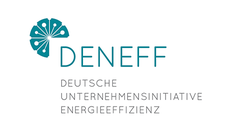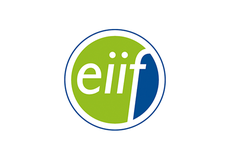Search eceee proceedings
EnPI-Connect: monitoring energy performance across the supply chain
Panel: 3. Energy management: The nuts and bolts
Author:
Georg Ratjen, ÖKOTEC Energiemanagement GmbH, Germany
Abstract
We are presenting the Project ''EnPI-Connect'', that we carry out on behalf of the German Federal Ministry for the Environment (BMUB) in collaboration with the companies Mercedes-Benz Berlin, Stockmeyer and City Clean. EnPI-Connect aims at sharpening the monitoring process within energy management. It takes ISO 50006 and principles of IPMVP into account. EnPI-Connect demonstrates how:
– Energy Performance can be effectively monitored. Instead of monitoring the impact of energy performance, companies usually monitor the change of energy efficiency. But Energy efficiency is not only influenced by energy performance (the actions we take to improve efficiency). External influences (e. g. climate conditions, resource quality) can have a huge impact, too. EnPI-Connect demonstrates how to establish useful EnPIs and monitoring mechanisms that allow distinguishing the impacts of measures a company took from the impact of external influences.
– Unsuspected declines in energy efficiency can be detected at once. Realization of measures is no guarantee that energy efficiency improvements are preserved in the long run. Most companies don´t have mechanisms that allow early detection of unsuspected efficiency declines. As a result, efficiency declines often remain unnoticed. EnPI-Connect helps implementing early detection mechanisms that allow companies to take early action as soon as a system falls back behind its efficiency potential.
– EnPIs for supply chains can be aggregated from Indicators on system level. Usually EnPIs and energy targets for supply chains and for systems of that supply chain are defined unconnected from each other. It is unclear how improvements on system level affect the supply chain. This leads to inconsistency in targeting and monitoring. EnPI-Connect shows how EnPIs on system level can be aggregated to EnPIs for a supply chain. This allows consistency in planning energy saving targets and monitoring on system level and for the supply chain.
Downloads
Download this presentation as pdf: 3-034-18_GeorgRatjen_pres.pdf















